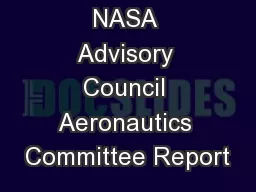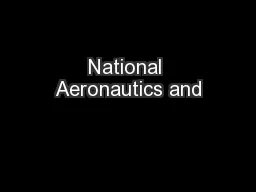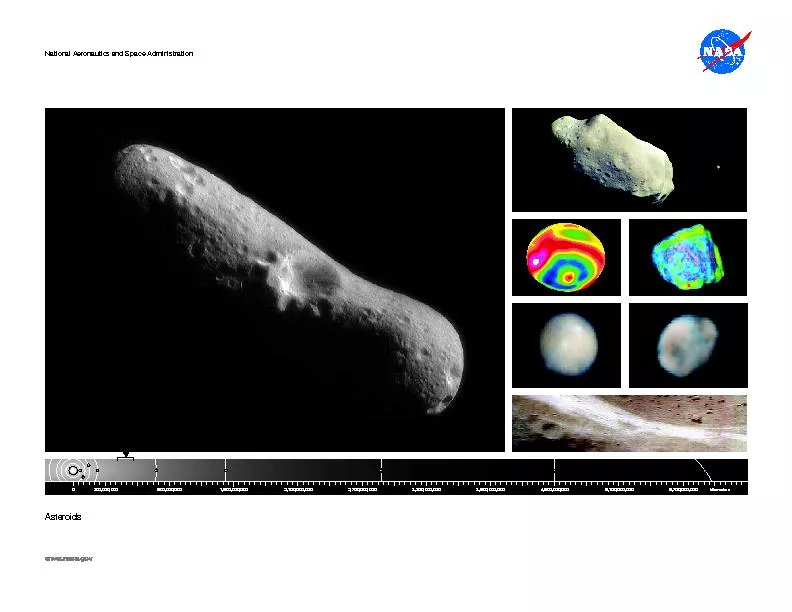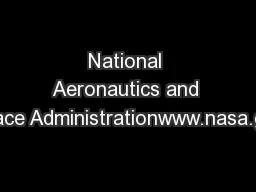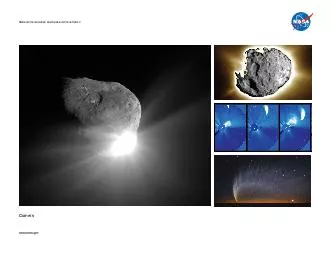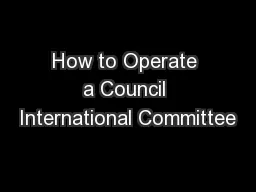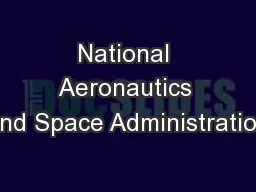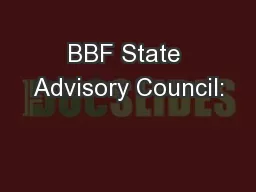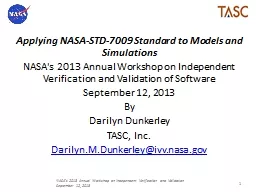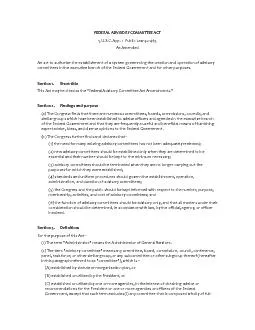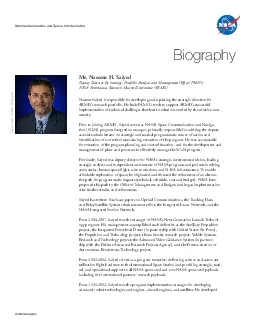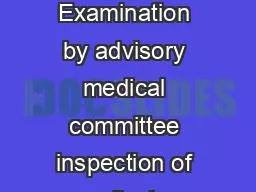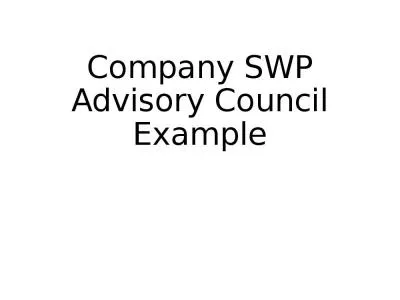PPT-NASA Advisory Council Aeronautics Committee Report
Author : yoshiko-marsland | Published Date : 2018-11-04
Mr John Borghese ViceChair July 30 2015 Jet Propulsion Laboratory Aeronautics Committee Membership Ms Marion Blakey Chair Rolls Royce North America Mr John Borghese
Presentation Embed Code
Download Presentation
Download Presentation The PPT/PDF document "NASA Advisory Council Aeronautics Commit..." is the property of its rightful owner. Permission is granted to download and print the materials on this website for personal, non-commercial use only, and to display it on your personal computer provided you do not modify the materials and that you retain all copyright notices contained in the materials. By downloading content from our website, you accept the terms of this agreement.
NASA Advisory Council Aeronautics Committee Report: Transcript
Download Rules Of Document
"NASA Advisory Council Aeronautics Committee Report"The content belongs to its owner. You may download and print it for personal use, without modification, and keep all copyright notices. By downloading, you agree to these terms.
Related Documents

